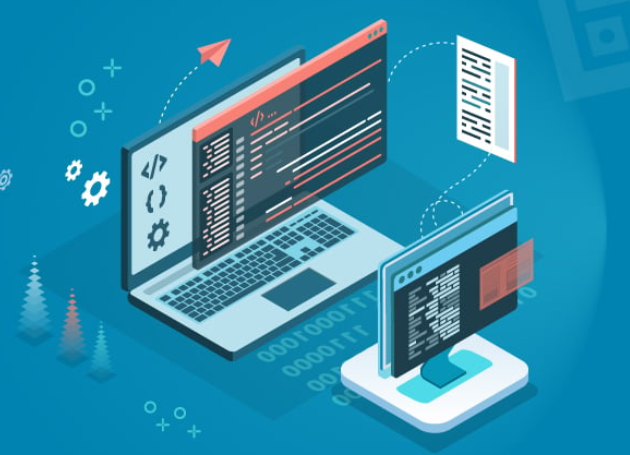
What is Software? | Computer Software Explained for Beginners
When you use a smartphone, computer, or tablet, you’re interacting with more than just physical buttons and screens — you’re using software. It’s the invisible force behind every tap, click, and swipe.
But what exactly is software? How is it different from hardware? And what types of software exist?
This guide will walk you through what software is, why it’s important, and the different types you encounter every day — in the simplest way possible.
What is Software?
Software is a set of instructions, programs, or data that tell a computer what to do. Unlike hardware — the physical parts of a device — software is intangible, meaning you can’t touch it.
In short:
Hardware is what you can touch. Software is what tells the hardware what to do.
Real-Life Example
When you:
- Open a web browser to watch YouTube → you’re using software
- Play music on your phone → you’re using software
- Write a document in MS Word → you guessed it, software!
Related: How Hardware and Software Work Together
Main Types of Software
Let’s break software down into three key types:
1. System Software
This type of software manages the overall operation of your computer. It acts as a bridge between hardware and user applications.
Examples:
- Operating Systems (OS): Windows, macOS, Linux, Android
- Device Drivers: Help the OS control hardware like printers, keyboards, etc.
- Utilities: Tools for maintenance like disk cleanup, antivirus, file managers
Learn more: What is System Software?
2. Application Software
Application software allows you to perform specific tasks like creating documents, browsing the internet, or editing photos.
Examples:
- MS Word (word processing)
- Google Chrome (web browsing)
- VLC Media Player (media playback)
- Canva or Photoshop (graphic design)
Explore: Application Software Explained
3. Programming Software
Used by developers to create other software. It provides tools like code editors and compilers to write, test, and debug programs.
Examples:
- Visual Studio Code
- Python, Java, C++ compilers
- Git (version control)
Even though regular users don’t use this type daily, it’s what powers the apps you use.
Other Specialized Software Types
- Middleware: Helps different apps or systems communicate
- Firmware: Built-in software in devices like printers or routers
What is Firmware? - Utility Software: Manages, analyzes, and optimizes system performance
Utility Software Guide
Software vs Hardware – What’s the Difference?
| Feature | Hardware | Software |
| Physical | Yes | No |
| Examples | Monitor, CPU, Keyboard | Windows OS, MS Word, Chrome |
| Function | Executes tasks | Tells hardware what to do |
| Lifespan | Can wear out | Can be updated/modified |
Read: System Software vs Application Software
How Software Works
Let’s simplify the process:
- You click or type (input)
- Application software captures your command
- System software translates it into instructions for the hardware
- You see the result (output) — text on screen, video playback, a printed page, etc.
This process happens in milliseconds — making software essential to the entire experience.
Why Software Matters
Without software:
- Your phone wouldn’t run apps
- Your computer wouldn’t boot up
- Your TV remote wouldn’t change the channel
Software powers everything from games and emails to life-saving medical devices.
Key Takeaways
- Software is the soul of your device, guiding hardware to perform tasks
- Three main types: system, application, and programming software
- Specialized forms like firmware and middleware play important roles
- Software and hardware must work together for any digital device to function


